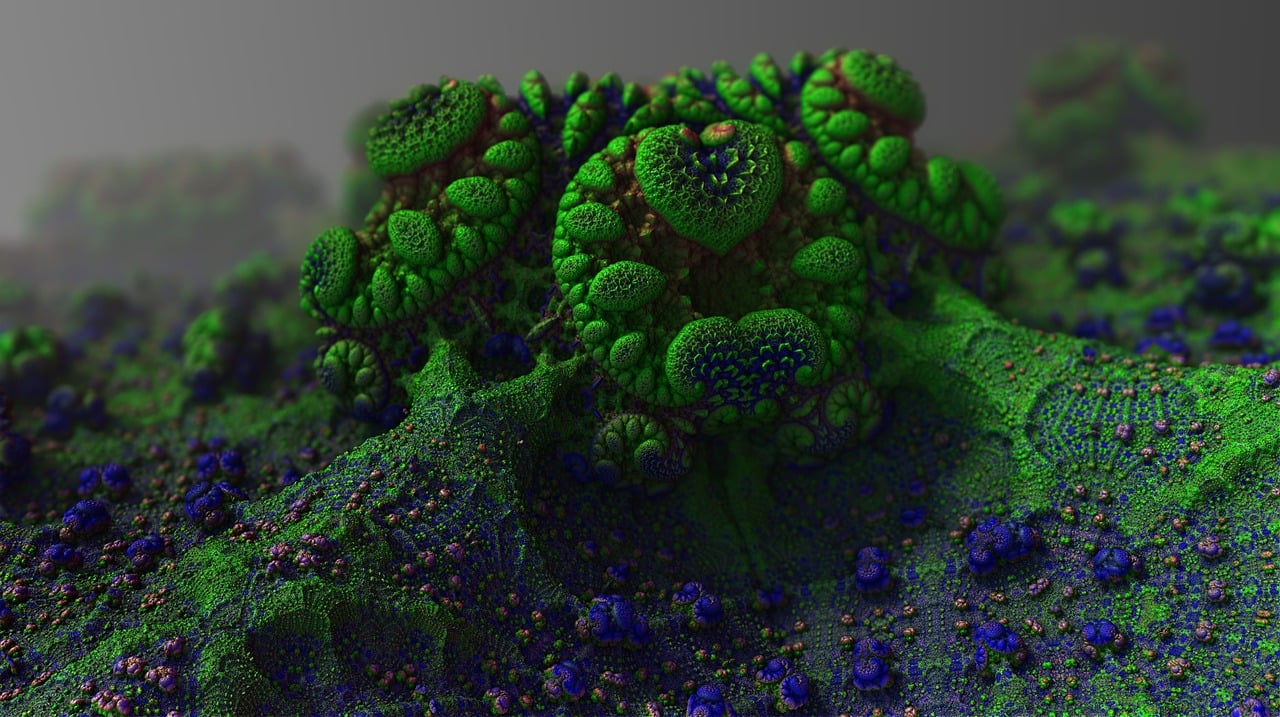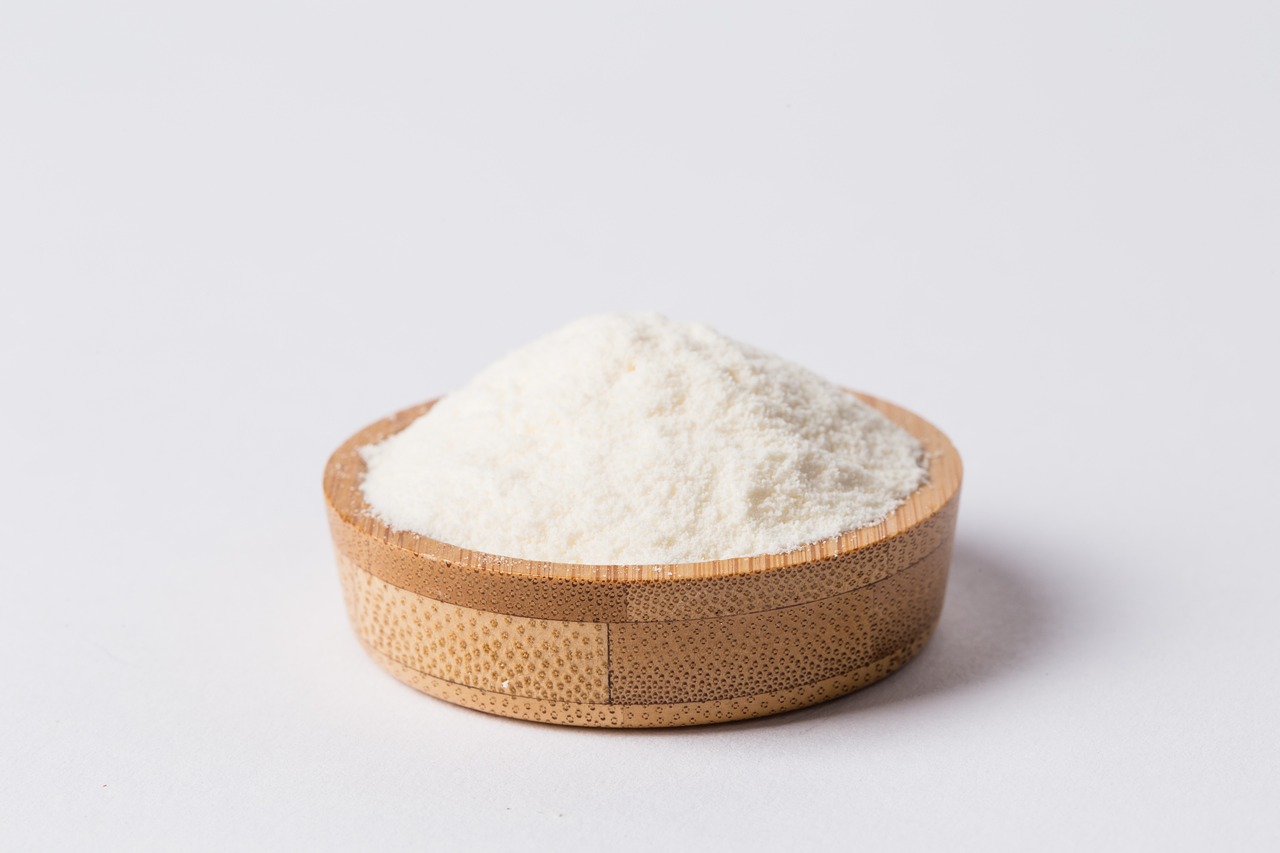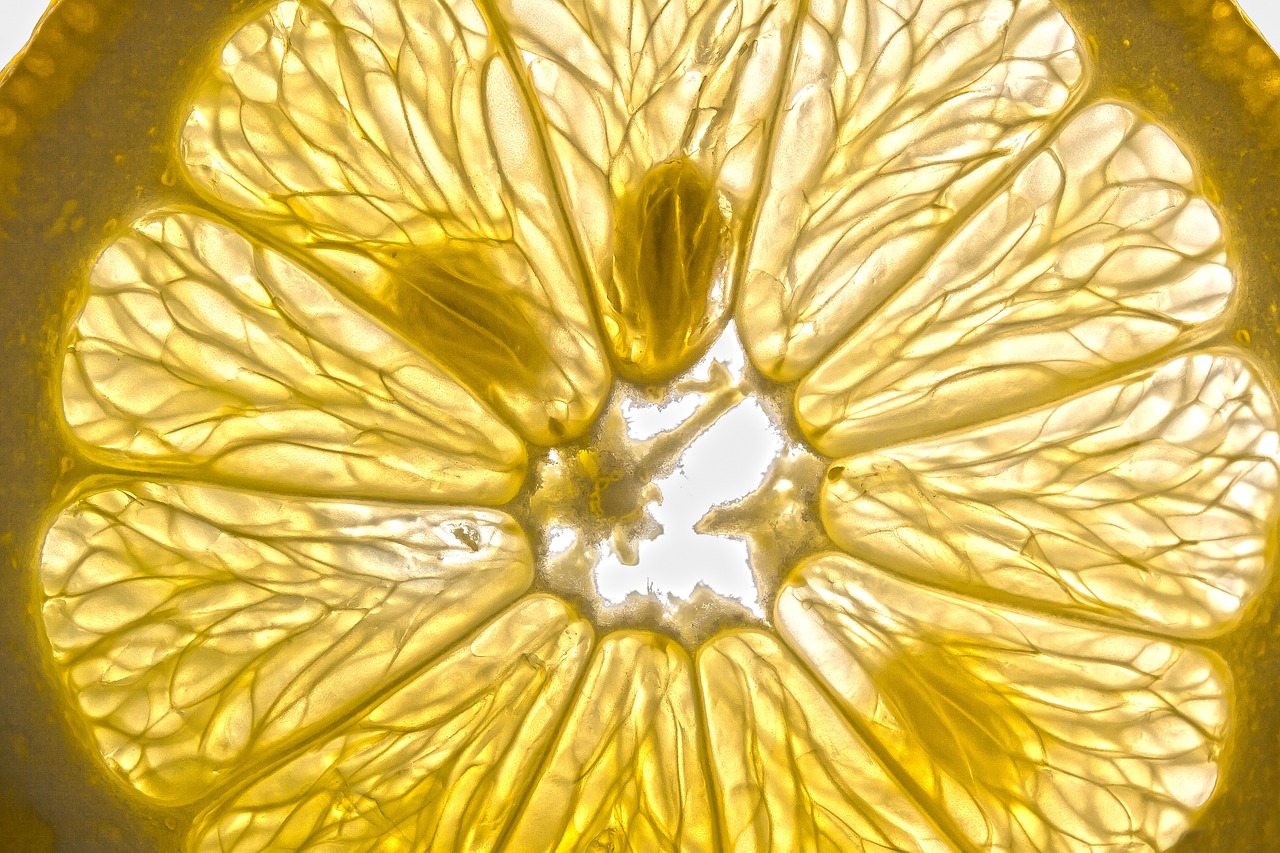Citric acid, a compound found naturally in citrus fruits, has a long-standing history as a crucial ingredient in the food and beverage industry. Initially derived from lemons in Italy, its production evolved when cost and demand made it impractical to source it solely from fruits. Penicillin molds proved to be too slow in production, but the black mold Aspergillus niger became a game-changer due to its high yield and stability. Today, citric acid is one of the most ubiquitous additives in our food, pharmaceutical, and cosmetic products. However, its seemingly safe label hides a disturbing truth.

The Dark Side of Aspergillus niger
Aspergillus niger is a fungus that naturally produces citric acid at an exceptionally high rate, under relatively controlled conditions. This ability made it the primary source for industrial citric acid production. While it’s classified under the FDA’s GRAS (Generally Recognized as Safe) list, citric acid derived from Aspergillus niger carries significant risks:

- Cross-Contamination and Allergenicity:
- Despite rigorous processing, particles from Aspergillus niger can occasionally contaminate the final product, posing severe health risks. The mold itself is highly allergenic and can trigger dangerous inflammatory responses in sensitive individuals.
- Potential Toxicity:
- For people with weakened immune systems or existing health conditions, citric acid sourced from Aspergillus niger can contribute to or exacerbate chronic inflammation. Research suggests its involvement in conditions such as asthma, juvenile arthritis, fibromyalgia, and even autism.



Health Risks and Side Effects
Respiratory Infections: The inhalation of mold spores or contaminated particles can lead to severe respiratory issues, including coughing, wheezing, and chest pain.
Coughing Up Blood: In extreme cases, exposure may cause internal bleeding in the respiratory tract.
Headaches and Fever: Symptoms like headaches and fever can develop due to the body’s immune response to foreign mold particles.
Fatigue and Malaise: Exposure can result in a persistent feeling of fatigue and general malaise.
Wheezing and Shortness of Breath: Asthma-like symptoms such as wheezing and shortness of breath can develop.
Unexplained Weight Loss: Chronic exposure may lead to unexplained and unintended weight loss.
Skin Lesions: Skin lesions and rashes can occur due to contact or ingestion of contaminated products.
Chest Pain and Cough: Persistent chest pain and coughing are common indicators of respiratory distress caused by mold exposure.
While citric acid may appear harmless on product labels,
the reality is that its production from Aspergillus niger mold introduces significant health risks. Those with immune system dysfunction, allergies, or pre-existing health conditions should be particularly cautious. Given the recent rise in autoimmune disorders and other inflammatory conditions, we must rethink our consumption and sourcing of citric acid.



The next time you reach for a product containing citric acid, remember its potentially moldy origins. Consider opting for natural alternatives or ensuring that your chosen products are sourced from safe and transparent manufacturing processes.
By understanding the hidden risks of this seemingly innocent ingredient, we can better protect our health and make more informed decisions about the products we use daily.
Araiza J., Canseco P., Bonifaz A. Otomycosis: clinical and mycological study of 97 cases. Rev. Laryngol. Otol. Rhinol. (Bord.) 2006;127:251–254.
Awan M.S., Tabbasam N., Ayub N. Gamma radiation induced mutagenesis in Aspergillus niger to enhance its microbial fermentation activity for industrial enzyme production. Mol. Biol. Rep. 2011;38:1367–1374.
Barnes P.J. The cytokine network in asthma and chronic obstructive pulmonary disease. J. Clin. Invest. 2008;118(11):3546–3556.
Bennett J.W. Aspergillus: Molecular Biology and Genomics. Caister Academic Press; 2010. An overview of the genus aspergillus (PDF) ISBN 978-1-904455-53-0.
Chacko S. Comparison of pro-inflammatory cytokines (IL-6,IL-1α and IL-1β) released by MPI and MARCO (-/-) knockout cells when stimulated by heat killed fungi- Candida albicans and Aspergillus niger. Plymouth Stud. Sci. 2016;9(1):4–23.
Clark H.A., Snedeker S.M. Ochratoxin A: its cancer risk and potential for exposure. J. Toxicol. Environ. Health B Crit. Rev. 2006;9(3):265–296.
Ciriminna Rosaria. Citric acid: emerging applications of key biotechnology industrial product. Chem. Cent. J. 2017;11:22.
Currie J.N. The citric acid fermentation of A. niger. J. Biol. Chem. 1917;31(5)
Dhillon G.S., Brar S.K., Verma M. Utilization of different agro-industrial wastes for sustainable bioproduction of citric acid by Aspergillus niger. Biochem. Eng. J. 2011;54:83–92.
Geiser D. Sexual structures in Aspergillus: morphology, importance and genomics. Med. Mycol. 2009;47(Suppl. 1):S21–S26. (s1)
Hope J.H., Hope B.E. A review of the diagnosis and treatment of ochratoxin A inhalational exposure associated with human illness and kidney disease including focal segmental glomerulosclerosis. J. Environ. Public Health. 2012;2012 10 pages, 2012.
Jackson K.D. 2013. Trends in Allergic Conditions Among Children: United States. 1997–2011. NCHS Data Brief; No. 121, May.
Jones, R. et al. “Health Impacts of Mold Contamination: A Review,” International Journal of Respiratory Medicine (2021)
Liu A.H., Jaramillo R., Sicherer S.H. National prevalence and risk factors for food allergy and relationship to asthma: results from the National Health and Nutrition Examination Survey 2005–2006. J. Allergy Clin. Immunol. 2010;126(4):798–806. e13.
Loudon K.W., Coke A.P., Burnie J.P. Kitchens as a source of Aspergillus niger infection. J. Hosp. Infect. 1996;32:191–198.
Max B., Salgado J.M., Rodriguez N. Biotechnological production of citric acid. Braz. J. Microbiol. 2010;4(October-December (4)):862–875.
Nakagawa Y., Shimazu K., Ebihara M. Aspergillus niger pneumonia with fatal pulmonary oxalosis. J. Infect. Chemother. 1999;5:97–100.
Patel, T., & Pandya, H. (2017). Citric acid production fermentation process.
Person A.K., Chudgar S.M., Norton B.L. Aspergillus niger: an unusual cause of invasive pulmonary aspergillosis. J. Med. Microbiol. 2010;59:834–838.
Puccio F., Rojas R., Mosquera I. Food allergy is an important disease associated to fibromyalgia. Clin. Transl. Allergy. 2013;3(Suppl. 3) P120.
Smith, J. et al. “Aspergillus niger in Citric Acid Production: Impacts and Implications,” Journal of Industrial Microbiology (2022)
Vandenberghe L.P.S., Soccol C.R., Pandey A. Microbial production of citric acid. Braz. Arch. Biol. Technol. 1999;42(3) (Online version ISSN 1678-4324)
Varga J., Kevel E., Rinyu E. Ochratoxin production by Aspergillus species. Appl. Environ. Microbiol. 1996:4461–4464.
Zanjani L.S. 2012. Sensibilisation of Asthmatic Patients to Extract Antigens From Strains of Aspergillus fumigatus, Aspergillus flavus and Asperillus Niger.
https://www.cdc.gov/fungal/diseases/aspergillosis/causes.html.
https://www.ihs.com/products/citric-acid-chemical-economics-handbook.html.

Schedule a Call

Get an In-depth analysis of your immune system

Let’s Create Together!


Phone
253.507.5775
Admin@NeoGenesisNutrition.com
Address
2607 Bridgeport Way W Ste. 2M University Place, WA 98466

